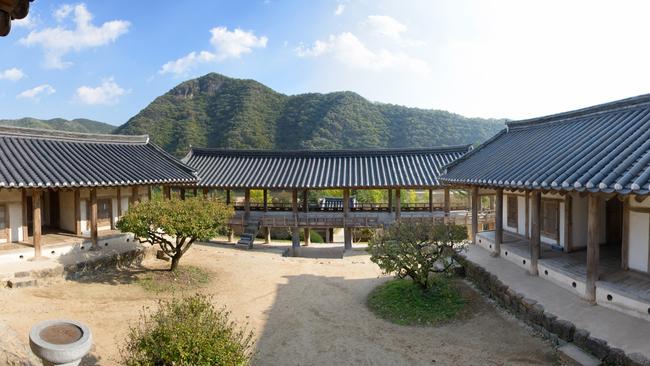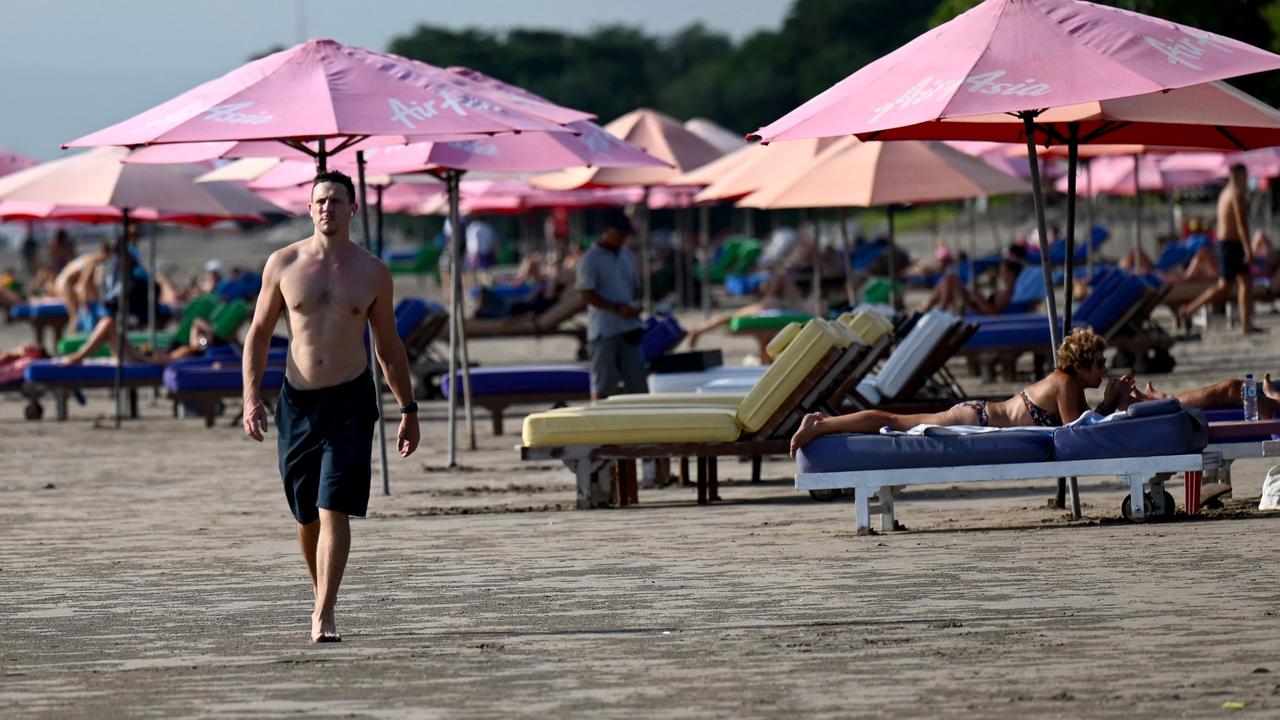Gold Coast Travel: Step back 600 years in Korea
TAKE a trip back to the past in Korea to a village that has stood still in history for about six centuries, where wooden gates and loose rocks let you know when someone’s coming ...
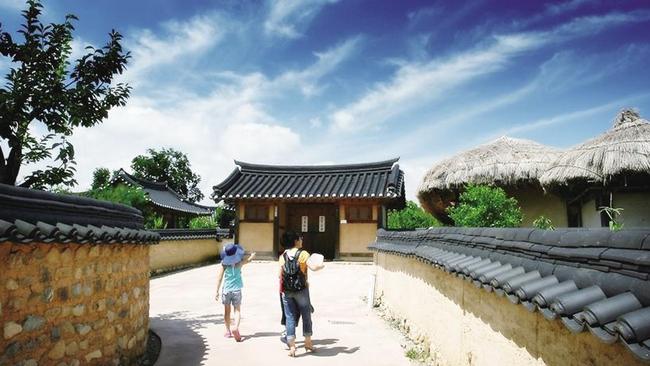
Travel
Don't miss out on the headlines from Travel. Followed categories will be added to My News.
If you stare for long enough at the towering swing swaying eerily in the quiet breeze, you can almost picture children running around and laughing.
Just like you can almost hear the clinking chopsticks of the townsfolk in what is now a dusty market centre, or smell the fresh paint of masks made for a traditional dance.
Welcome to 600-year-old Hahoe village, which seven years ago became one of 10 UNESCO World Heritage Sites in South Korea and is home to just under 250 people. Not that you can see any of them. The only signs of life are the sandals that occupy the front door of every straw-walled home, as well as all the modern cars.
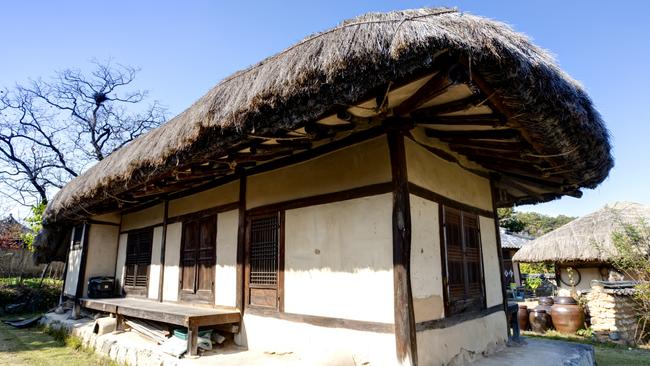
I wonder how much UNESCO pay the townsfolk for the site’s upkeep.
On this chilly autumn day in the middle of South Korea, a deathly silence hovers over us as we examine what was once a pillar of the Joseon Dynasty — and is now a ghost town.
“The people here mostly stay in their houses, because it has become such a big tourist attraction for a large part of the year,” the tour guide tells us.
The place is in stark contrast to the more familiar hustle and bustle of Andong city, where eight buses make the 50-minute trip daily to a village that gets its name from the swirling river that surrounds it.
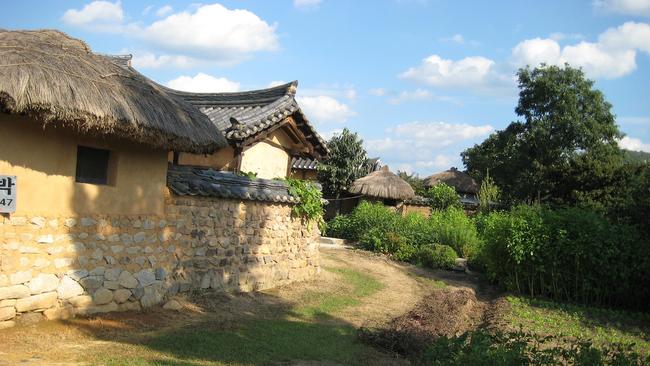
A small stand selling locally-made distilled soju — the national alcohol — greets us upon arrival, one of a dozen food stalls tucked neatly together that greet the few hundred tourists who visit each day.
From here it’s another short ride on an outdated bus to the 125 thatched-roofed residences that are considered among the country’s most recognisable historical structures.
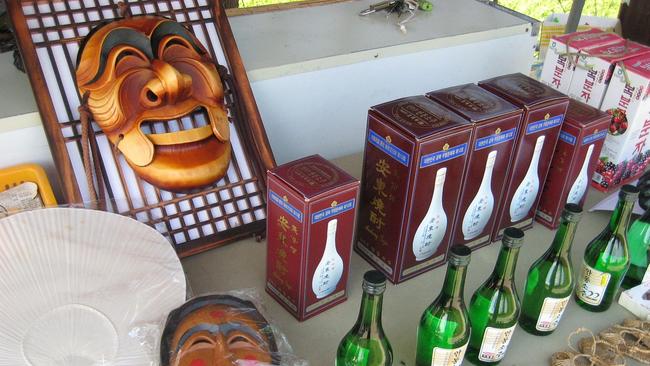
Oversized, creaking wooden gates protect the front.
“It is their version of an alarm system. That’s why you’ll see most of them have loose rocks surrounding the house as well, so you can tell if someone’s coming,” the guide continues.
While there is a disconcerting lack of human interaction, there is certainly no shortage of faces, with a number of wooden masks angrily standing on stakes at the village entrance.
The traditional Hahoetal masks are a significant part of Korean culture, and are mainly made from local mulberry paper you can create yourself not far away from the village.
Andong is renowned for its annual international dance mask festival in October, with the village boasting a gallery of masks from all over the world, including indigenous Australia.
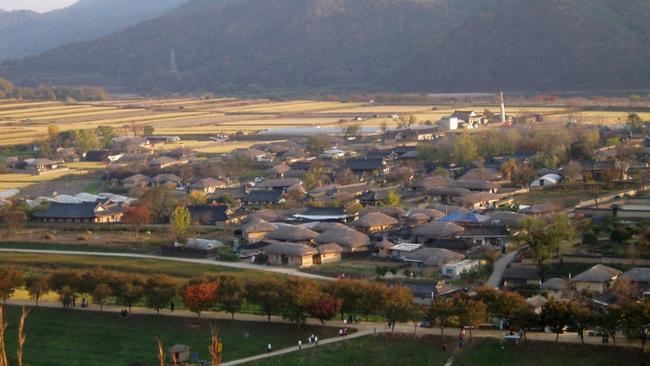
Many of the tile-roofed homes are encircled by straw ones.
“Their layout and location — sheltered by forested mountains and facing out onto a river and open agricultural fields — reflect the distinctive aristocratic Confucian culture of the early part of the Joseon Dynasty,” according to UNESCO.
And in the middle of the town, at its peak, stands a zelkova tree — imagine a blown-up bonsai — where food and gifts from the locals adorn its 600-year-old feet.
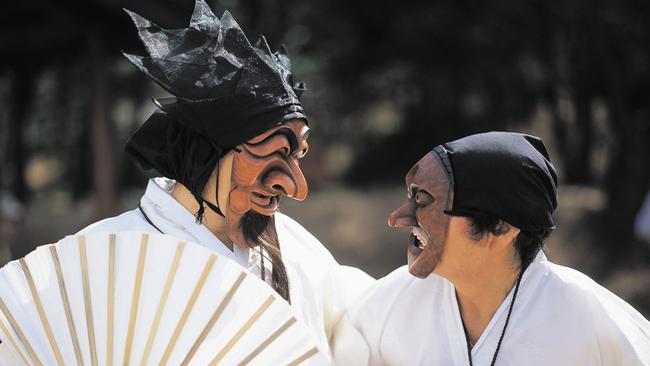
As we make our way out of the maze of homes, past the museum of folk artefacts and what appears to be a childcare centre, we follow the winding river back to the bus shelter.
But not before we walk past the agricultural fields and the winding path to Buyongdae cliff. Buyongdae means lotus flower in the local language and I see the flower’s image in the view of the spreading village and swirling rivers. If you stand there long enough, you can almost picture an entire town full of people.
The writer travelled as a guest of Korea Tourism
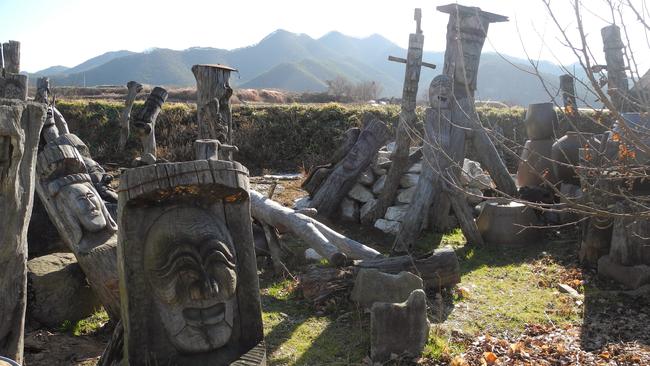
GO
The city of Andong is approximately a 2½-hour drive from Seoul, or a 3½ hours by train.
STAY
Hahoe village offers the opportunity of staying in a traditional Korean house, including 29 thatched-cottages. Prices vary.
PLAY
There are three tour options for Hahoe Village — 90min, two hours, and half a day. For more info, visit hahoe.or.kr
